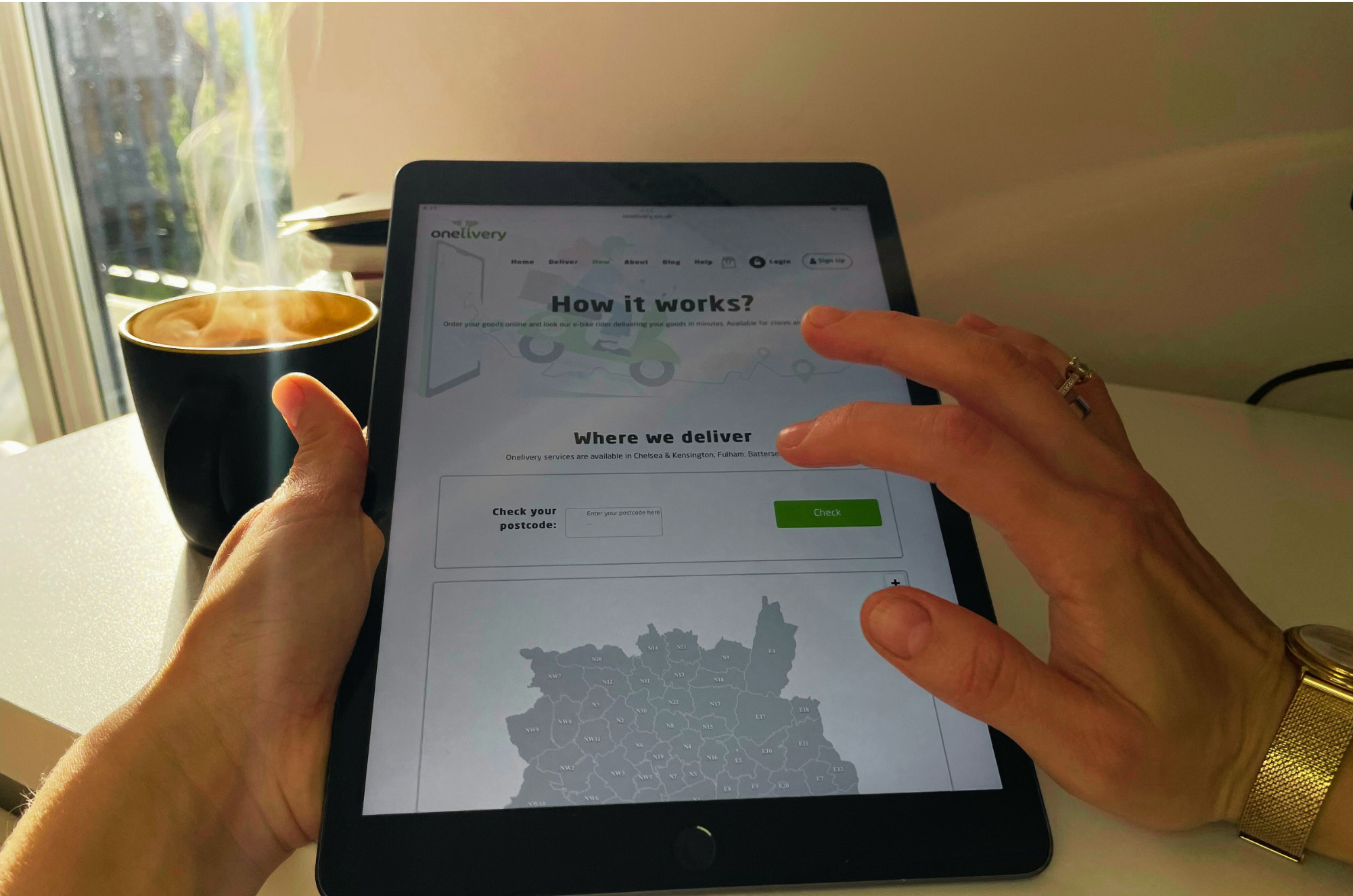Handling customer returns and refunds can be tricky for small businesses. However, these processes remain crucial in keeping customers happy and your business running smoothly. Here are seven simple tips to help you manage returns and refunds effectively.
1.Have a Clear Return Policy Create a straightforward return policy. Clearly state the conditions for returns, the time frame, and any exceptions. Display this policy on your website, receipts, and in your store. This helps customers know what to expect and reduces misunderstandings.
2.Train Your Staff Make sure your staff know your return policy and how to process returns and refunds. Regular training will help them handle customer questions and issues confidently and efficiently.
3.Make Returns Easy Keep the return process simple. Provide clear instructions, necessary forms, and pre-paid return labels if possible. An easy return process shows you care about customer satisfaction and can encourage repeat business.
4.Track Return Data Keep records of why items are returned and how often. This information can help you identify and fix potential product issues or misleading descriptions, reducing future returns.
5.Process Refunds Quickly Quick refunds are important for customer trust. Process refunds as soon as you receive and check the returned item. Keep customers updated on the status of their refund to avoid frustration.
6.Offer Alternatives Sometimes, offering exchanges, store credits, or discounts on future purchases can be better than a refund. These options can help keep the customer while still solving their problem. Include these alternatives in your return policy.
7.Ask for Feedback After handling a return or refund, ask the customer for feedback. This can help you improve your process and show customers you value their opinion. Positive feedback can also be used to highlight your good customer service.
Managing customer returns and refunds well is key to a successful small business. By having a clear policy, training your staff, making returns easy, tracking data, processing refunds quickly, offering alternatives, and asking for feedback, you can turn returns into opportunities to improve your business and build stronger customer relationships. A satisfied customer is likely to return and recommend your business, even if their first experience included a return or refund.









